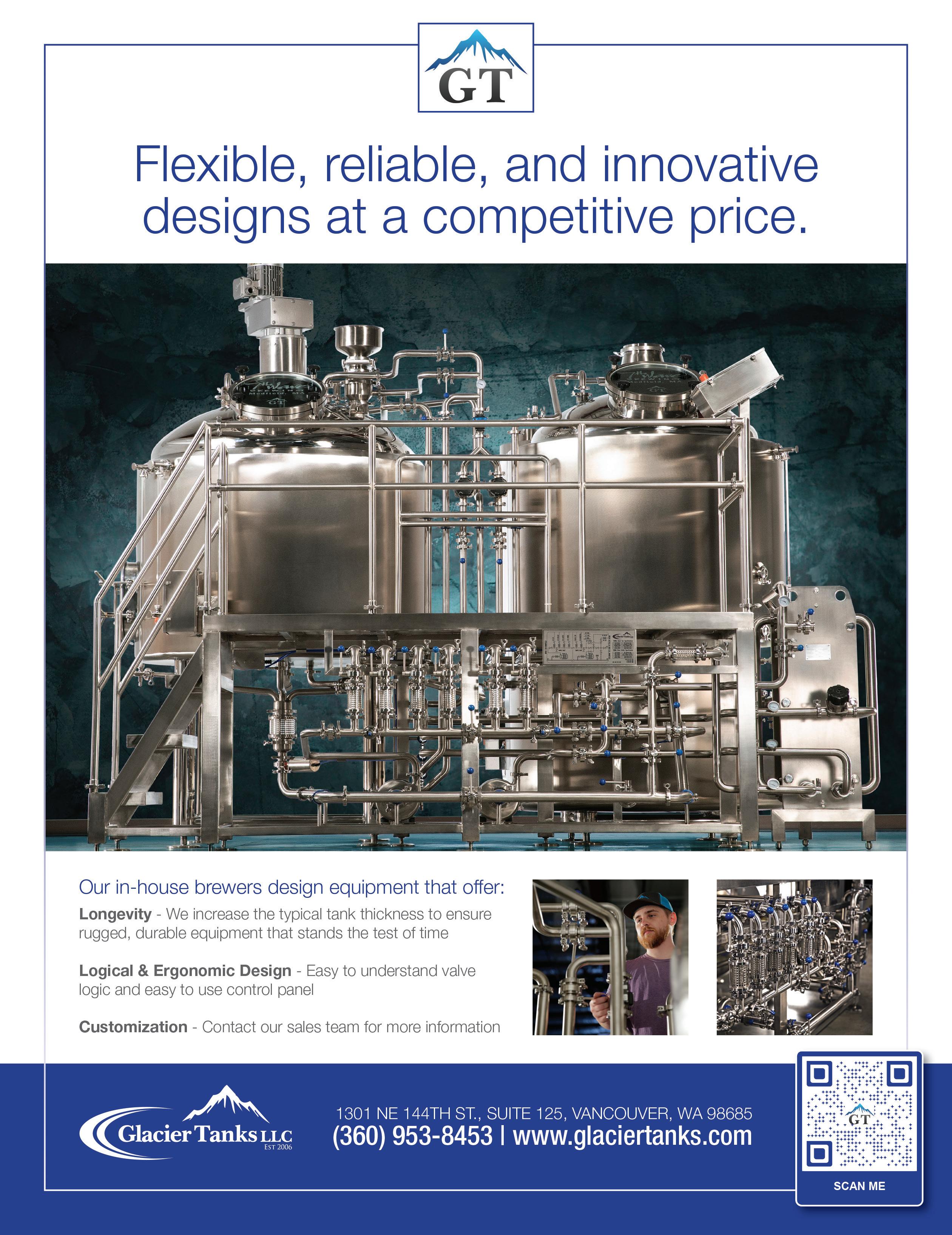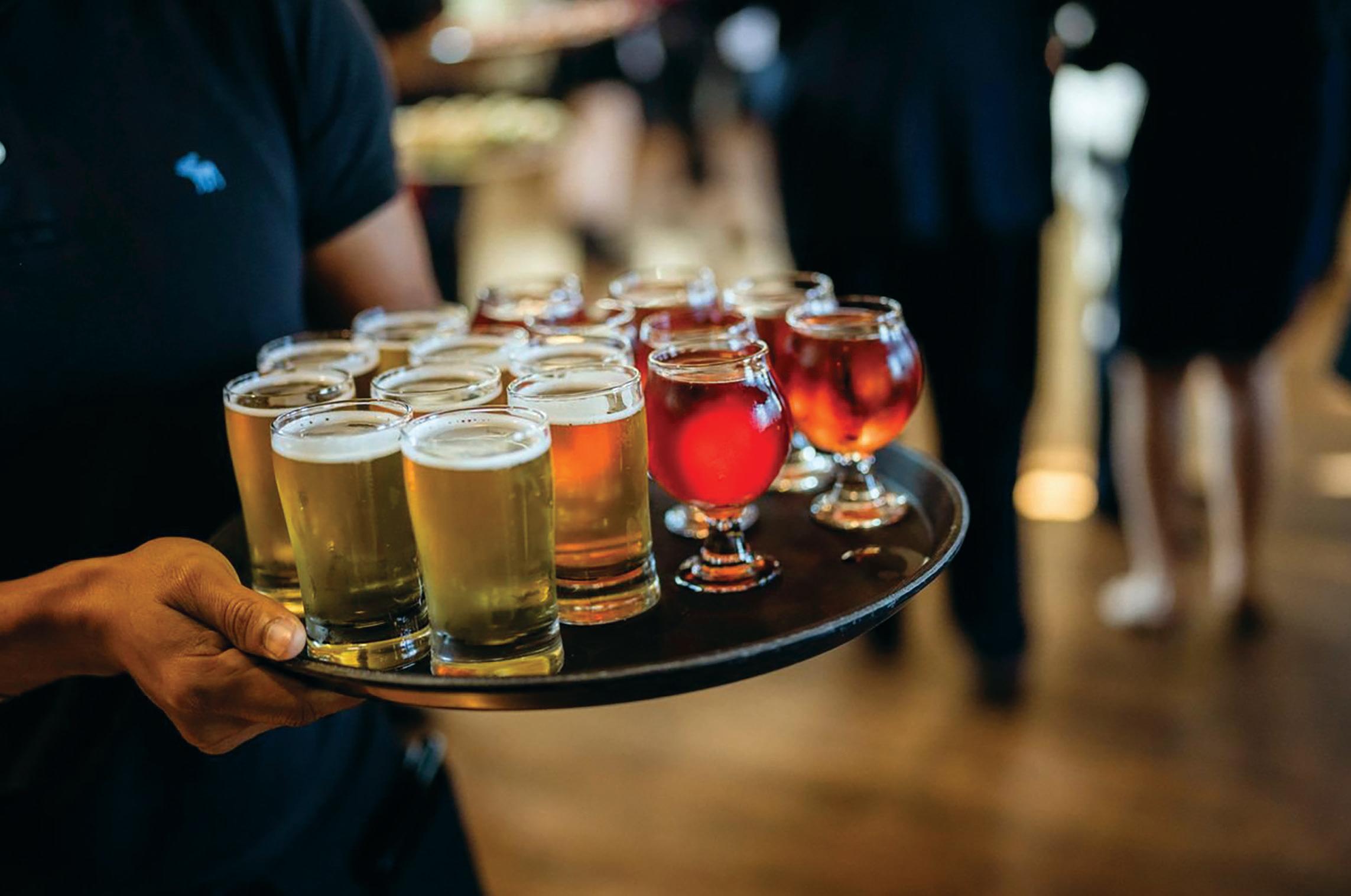
6 minute read
Breweries Making Hard Cider: Beware a Trap in the Regulations
By: Brian D. Kaider, Esq.
Breweries are seeing increased demand for alternative products from customers who prefer a beverage other than beer. Hard ciders are a popular choice both for flavor and because they are typically gluten-free. However, it is crucial for breweries to familiarize themselves with the specific legal requirements associated with cider production. In particular, there are three critical characteristics of a cider product that affect how it is regulated: alcohol level, ingredients, and carbonation level. Moreover, there is an absurd structure to hard cider excise tax rates that results in one popular category of ciders having a dramatically higher tax rate than others. For those unaware of this distinction, enormous outstanding tax liabilities and penalties could accrue.
Licensing Requirements
For simplicity’s sake, this article will use the term cider to include both cider made from apples and wine made from pears, i.e., “perry.” In practice, there are distinctions between these products, particularly when it comes to labeling.
Some state licensing bodies regulate hard cider as a beer and do not require breweries to obtain any additional licenses or permits to manufacture hard ciders. The federal Alcohol and Tobacco Tax and Trade Bureau (TTB), however, regulates hard cider as a wine. Thus, before a brewery may begin manufacturing hard ciders, it must obtain a winery permit.
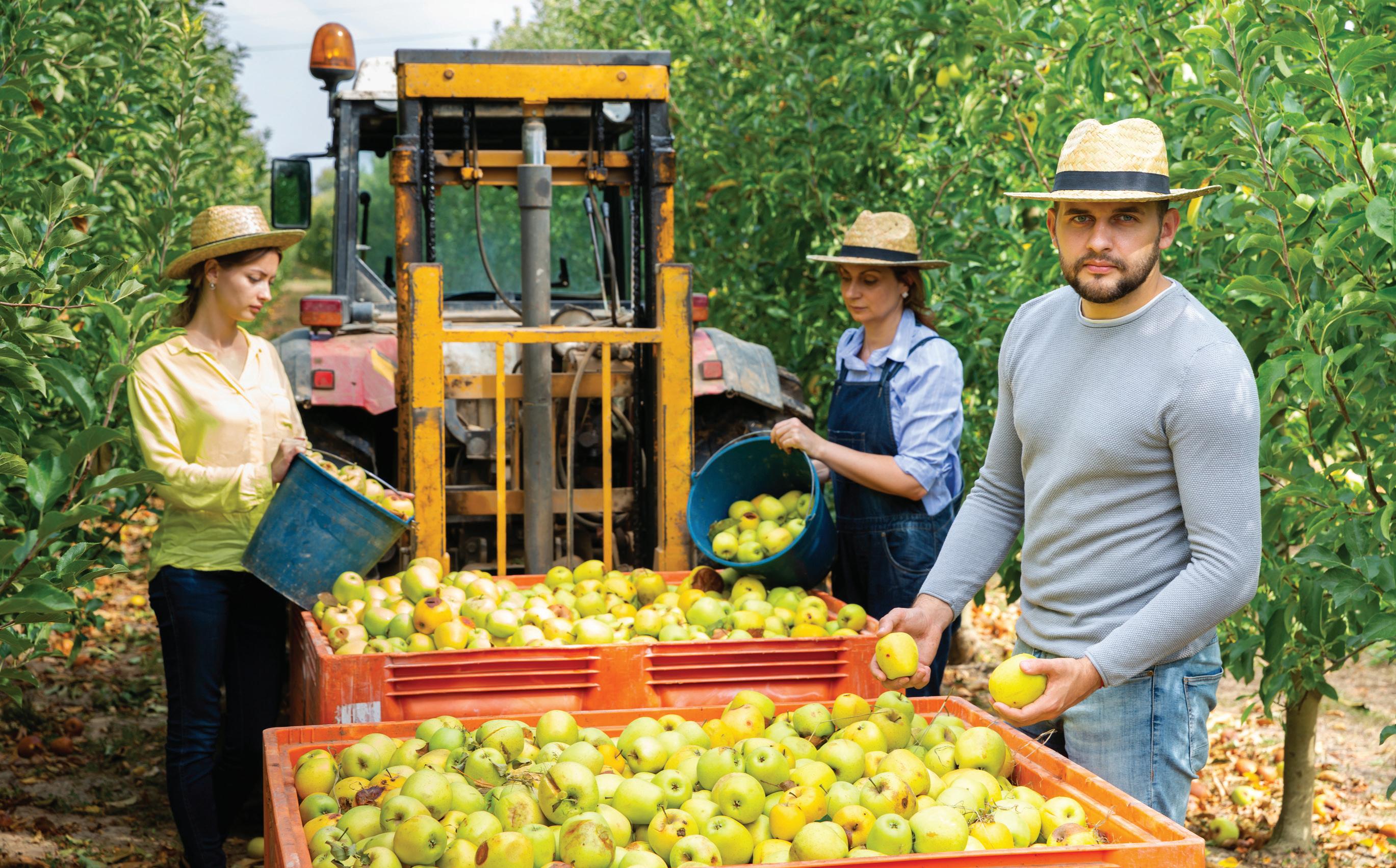
Alcohol Level
When it comes to the alcohol level in finished cider products, there are three important numbers to keep in mind: 0.5%, 7.0%, and 8.5% Alc./ Vol. (“ABV”). Any cider product with an ABV in excess of 0.5% falls under the Internal Revenue Code implementing regulations (27 C.F.R. part 24), must be made at a qualified bonded wine premises, and, under the Alcoholic Beverage Labeling Act (“ABLA”), must include the Government Health Warning Statement.
Because the Federal Alcohol Administration Act (“FAA Act”) defines wine as having from 7% to 24% alcohol by volume, if a product is between 0.5% and 7.0% ABV, a Certificate of Exemption is needed, rather than a Certificate of Label Approval. Further, the product is not subject to other FAA Act requirements, such as, advertising, trade practices, labeling proceedings, standards of fill, etc. Instead, these products must comply with the applicable FDA food labeling and packing requirements, which include ingredient, nutrition, and allergen labeling requirements; though some small businesses are exempt from the nutrition facts requirements.
Cider products in excess of 7% ABV, however, must comply with all FAA Act requirements, including COLAs and mandatory labeling requirements. (Note: if a product in excess of 7% ABV is not sold in interstate commerce, it can be covered by a Certificate of Exemption rather than a COLA.)
As discussed more fully below, only ciders with an ABV below 8.5% are eligible for the hard cider tax rate. Ciders at or above 8.5% ABV are taxed at a wine rate determined by alcohol content and carbonation level.
Ingredients
It is generally understood that cider is made from the fermented juice of apples and perry from the fermented juice of pears. But, even the simple addition of sugar above certain levels affects how a product is categorized, labeled, and taxed. If other fruits are added, there are different classifications depending on whether the fruit is added before fer- mentation, after fermentation as a flavoring, or the wine of two fruits (e.g., apples and blueberries) are blended after fermentation.
Taking the simplest case, a product can be labeled simply “cider,” “hard cider,” or “apple cider” if it is produced by the normal alcoholic fermentation of the juice of sound, ripe apples and is derived wholly (except for sugar, water, or added alcohol) from apples. Even in this case, excess sugar or water can require special labeling (i.e., “specially sweetened cider”), formula approval, and application of a different excise tax rate.
Any cider product that is made with fruits other than apple or pear or to which spices, flavoring, or coloring materials have been added will require a more descriptive designation, such as cider with natural flavors. If two kinds of fruit juice (apple and blueberry) are fermented together, the statement of composition must be “apple-blueberry wine” or “blueberry cider.” This product would not require a formula, because it would still be considered a natural wine. A cider to which fruit juices, herbs, spices, natural aromatics, natural essences, or other natural flavorings are added after fer- mentation would be considered a Special Natural Wine, would require a formula approval, and would require a statement of composition such as, “cider with natural blueberry flavors.” If fermented cider is mixed with another fermented fruit wine, the product would be considered an “other than standard wine,” would require a formula approval, and would be designated as “apple wine – blueberry wine,” “cider – blueberry wine,” or a similar designation.
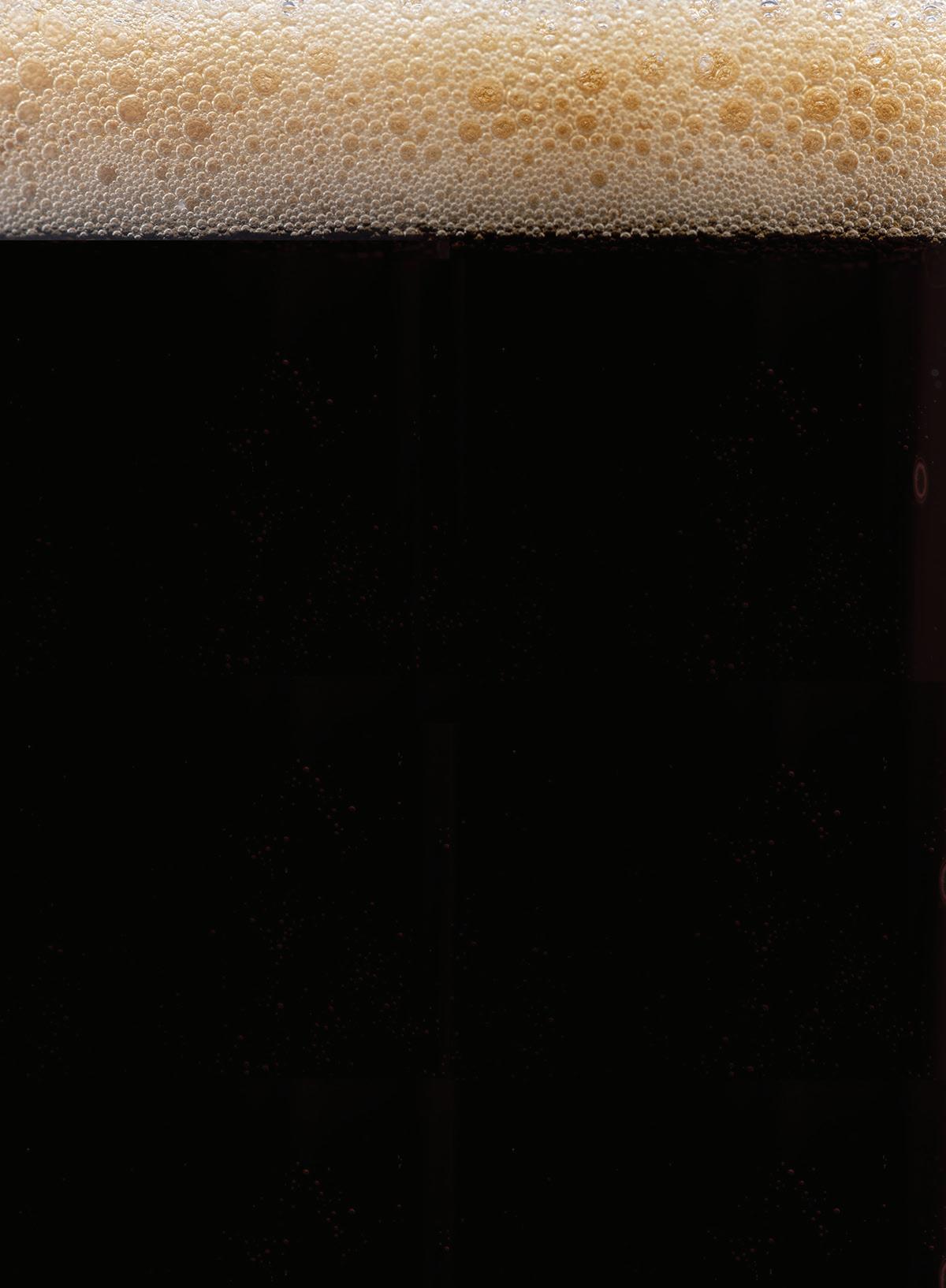
Carbonation Level
A cider with a carbon dioxide level of up to 0.392 grams per 100mL is considered a still wine and may be labeled simply as a cider (assuming it meets the other ingredient requirements mentioned above). If the carbon dioxide level is above 0.392 grams per 100mL, the cider must be designated as “sparkling” if the CO2 results solely from secondary fermentation within a closed container or “carbonated” if the CO2 is artificially injected into the product. In order to be eligible for the “hard cider” tax rate, the CO2 level must be below 0.64 grams per 100mL. For reference, a CO2 level of 0.392g/100mL or 0.64g/100mL is roughly equivalent to 1.98 volumes of CO2 and 3.24 volumes of CO2, respectively.
Excise Tax Rates
Brewery owners are accustomed to a fairly simple federal excise tax assessment. The first 60,000 barrels per year are assessed at $3.50 per barrel. The tax rates for cider are not that simple. In fact, there is an enormous trap in the tax structure that could cause serious problems for breweries that venture into cider production unaware.
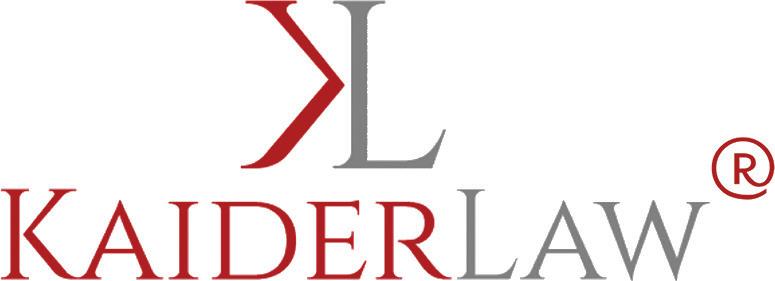
As explained above, the TTB regulates cider as a wine. It is important to note that the wine tax rates are assessed per gallon, not per barrel. Although considered a wine, the regulations provide a special tax rate for “hard ciders,” of $0.226/gallon. Like beer, however, there is a tax credit for small producers, reducing the hard cider rate to $0.164/ gallon for the first 30,000 gallons. But, the scope of products that qualify for this tax rate is very narrow. It includes only products made from apples and/or pears that contain no other fruit product or fruit flavoring, have an ABV of greater than 0.5% and less than 8.5%, and a carbonation level below 0.64g/100mL (about 3.24 volumes of CO2).

Ingredients that impart flavors other than fruit flavors, such as spices, honey, hops, or pumpkins do not make a wine ineligible for the hard cider rate, according to Industry Circular 17-2 (even though pumpkins are fruit).
If a hard cider product has any fruit other than apples and pears (and pumpkins) or has an ABV of 8.5% or higher, it does not qualify for the “hard cider” rate, and instead falls under the wine tax structure. If the product has a carbonation level below 0.392g/100mL, it would be considered a still wine. The tax rate for a still wine, under 16% ABV is $0.07/gallon for the first 30,000 gallons. If the product has a carbonation level above 0.392g/100mL the first 30,000 gallons would be taxed as a “sparkling wine” at a rate of $2.40/gallon if the carbonation resulted from secondary fermentation in a sealed container, or as an “artificially carbonated wine” at a rate of $2.30/gallon if the carbon dioxide was injected into the product.
What may not be immediately apparent is the absurdity of this tax structure. The following table should put it into perspective. It shows five different products, their base tax rate, the tax rate per barrel, and the actual federal excise tax applied to a 6-pack of 12oz bottles.

a manufacturer will face a federal excise tax more than 30 times greater than if the carbonation level was below 0.392g/100mL. Failure to appreciate this distinction and to pay the appropriate tax rate could result in an assessment of stiff penalties and interest and could even result in termination of the manufacturer’s permit.
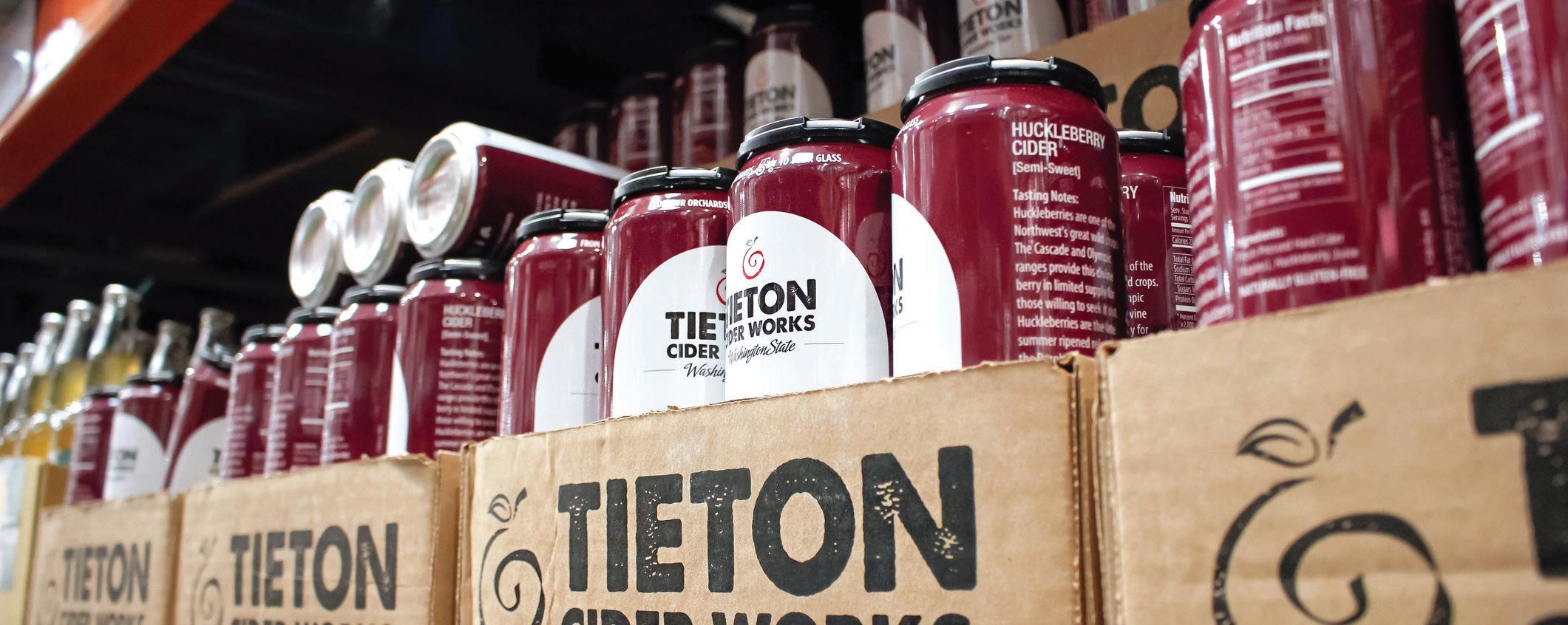
Conclusion
Entering the realm of hard cider production requires breweries to navigate a set of regulatory issues that are likely to be unfamiliar. Beer and cider are treated very differently by the TTB and it is critical to understand the categories that cider products fall into with regard to labelling, formula approvals, and particularly excise tax assessments. For those considering an expansion into this area, it would be wise to consult with an attorney knowledgeable in these areas to ensure full compliance.
Brian Kaider is the principal of KaiderLaw, a law firm with extensive experience in the craft beverage industry. He has represented clients from the smallest of start-up breweries to Fortune 500 corporations in the navigation of licensing and regulatory requirements, drafting and negotiating contracts, prosecuting trademark and patent applications, and complex commercial litigation.
Thus, if making a cider product that contains fruit other than apples or pears and that is carbonated above 0.392g/100mL (about 1.98 volumes of CO2),
